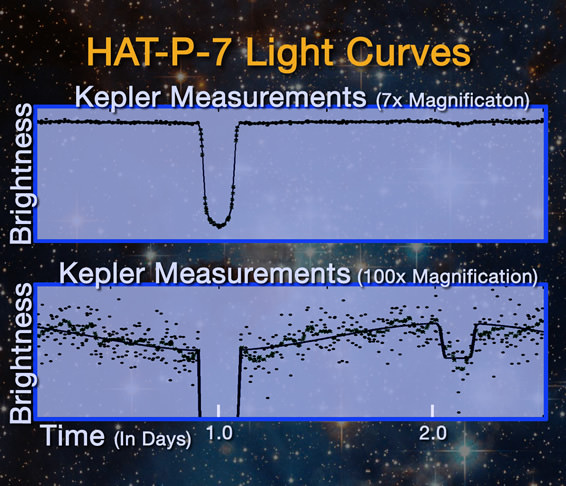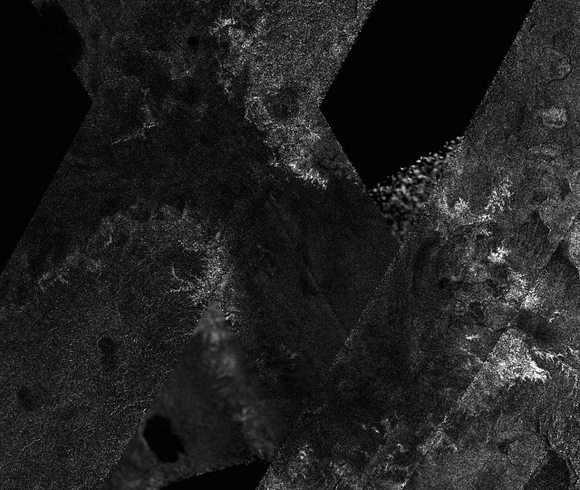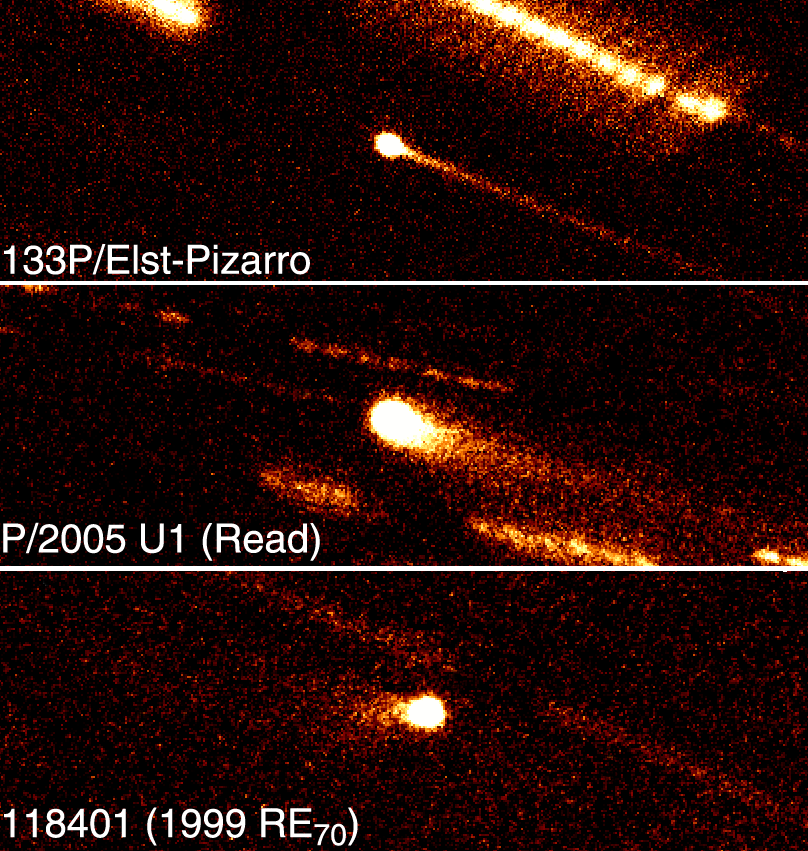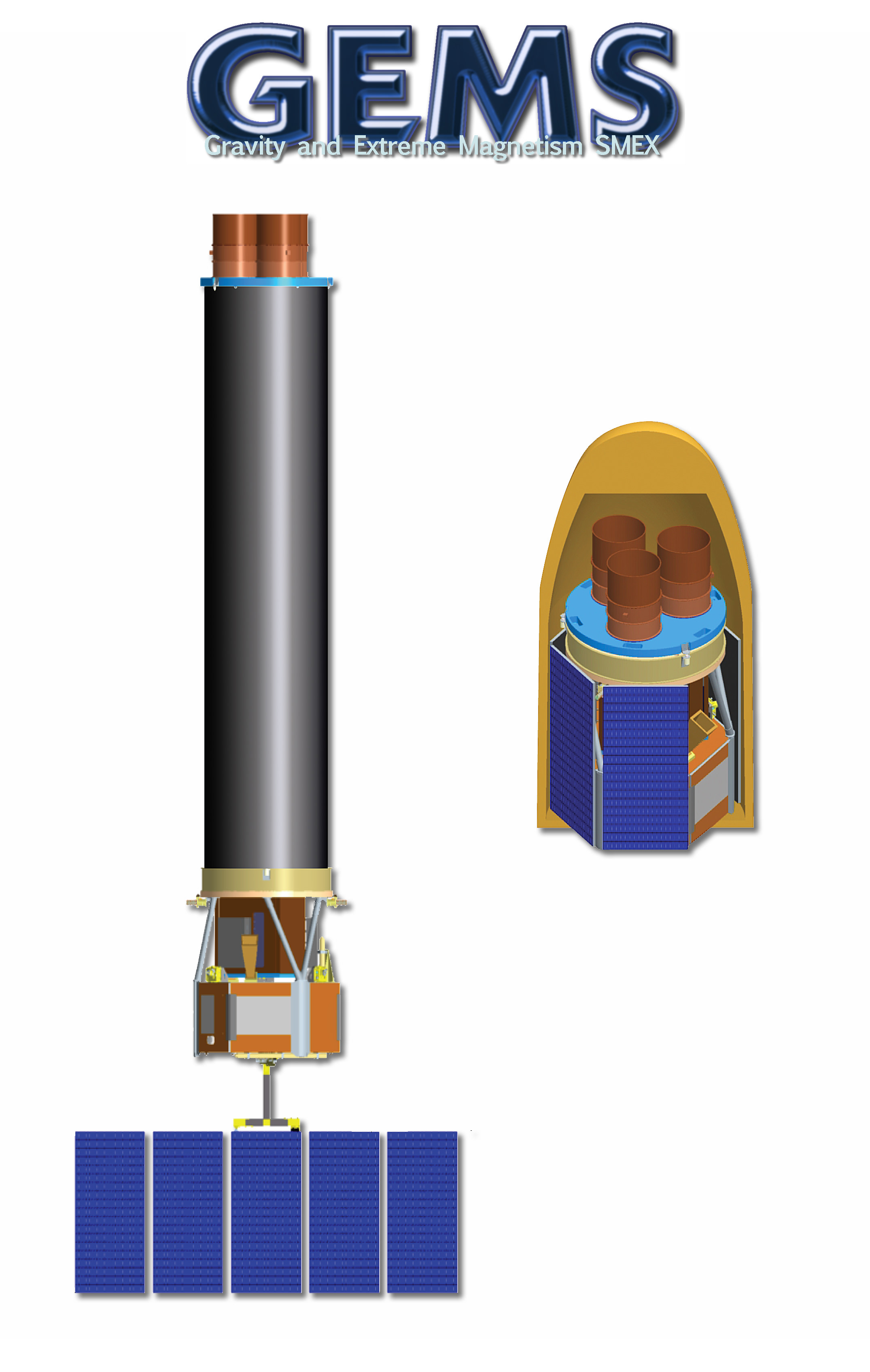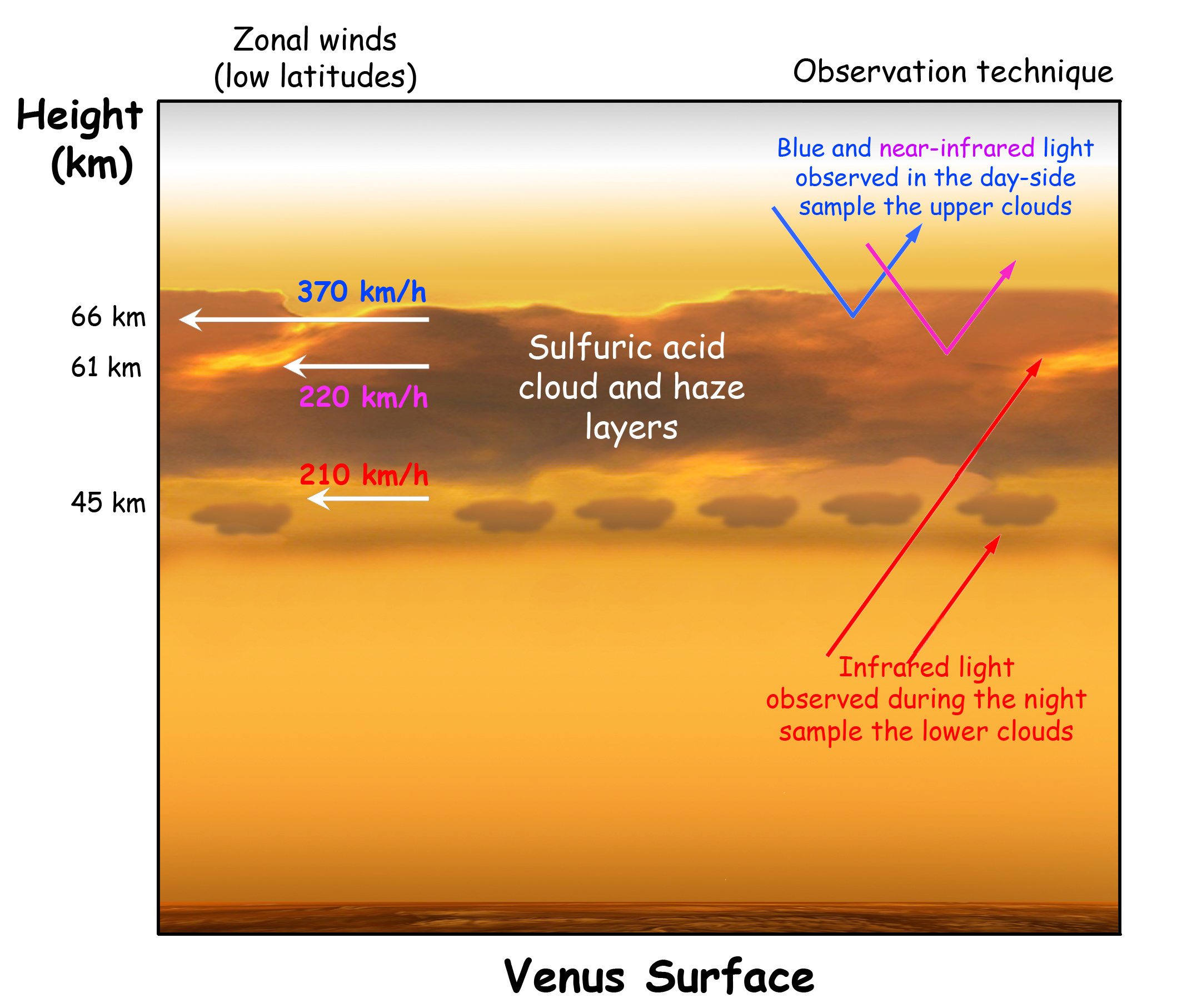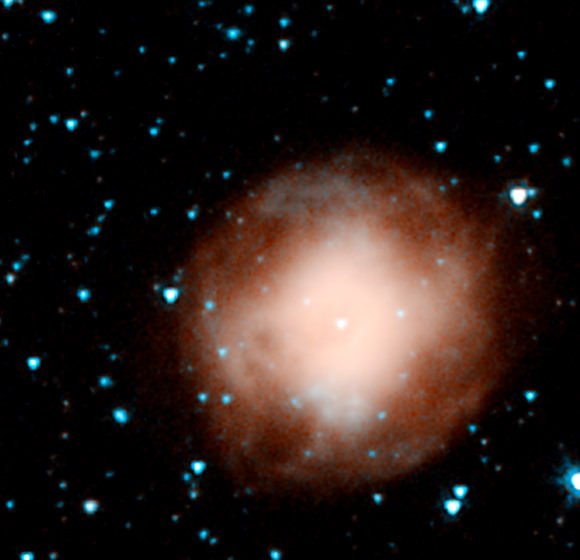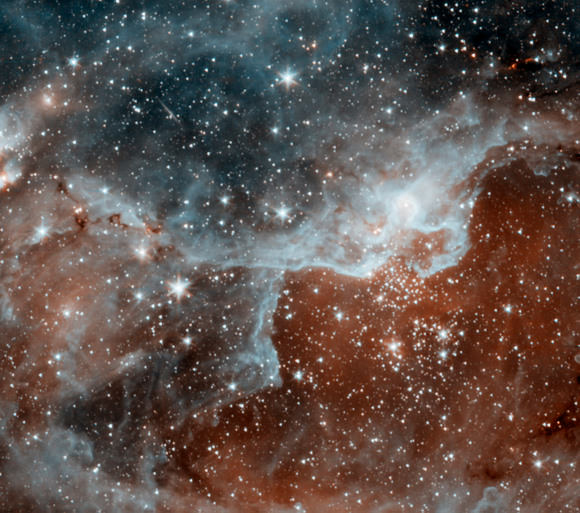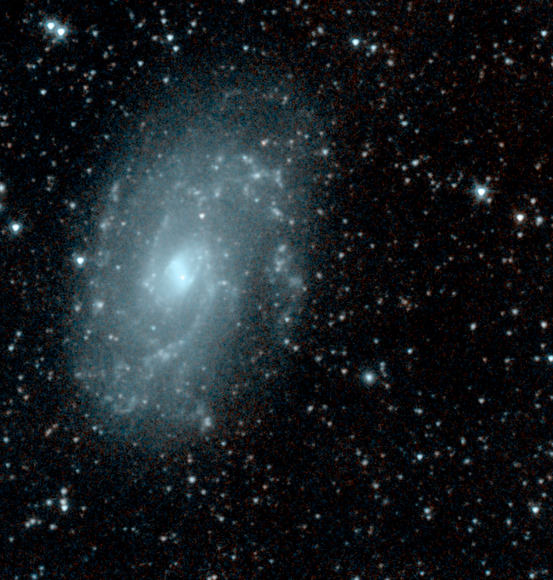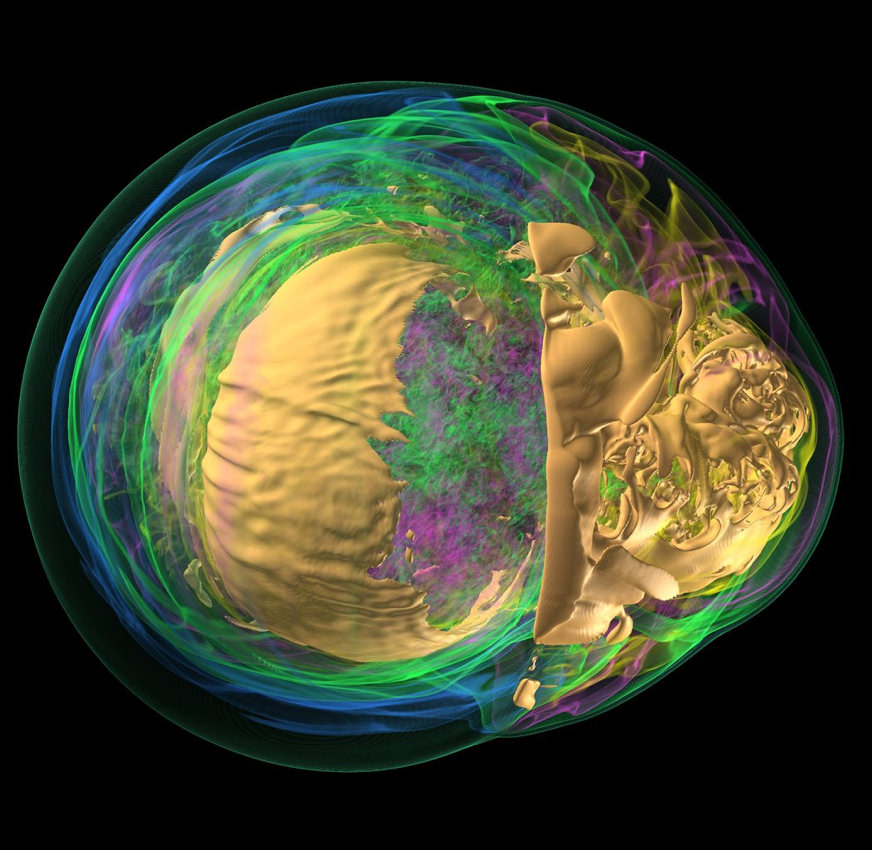The clouds of Venus are its defining characteristic. We can see the surface of Mars and Mercury, but the surface of Venus is shrouded by thick clouds. For most of history, astronomers had no idea what was beneath those clouds, and they imagined a tropical world with overgrown vegetation and constant rainfall. They couldn’t have been more wrong.
The climate of Venus isn’t tropical at all; it’s hellish. Temperatures on the surface of Venus approach 475 °C, and the atmospheric pressure is 93 times what you experience here on Earth. To experience that kind of pressure, you would need to swim down 1 km beneath the surface of the ocean. Venus’ atmosphere is made almost entirely of carbon dioxide, and not the oxygen/nitrogen mix we have here on Earth.
The clouds we see on Venus are made up of sulfur dioxide and drops of sulfuric acid. They reflect about 75% of the sunlight that falls on them, and are completely opaque. It’s these clouds that block our view to the surface of Venus. Beneath these clouds, only a fraction of sunlight reaches the surface. If you could stand on the surface of Venus, everything would look dimly lit, with a maximum visibility of about 3 km.
The upper cloud deck of Venus is between 60-70 km altitude. This is the part of Venus that we see in telescopes and visible light photographs of the planet.
The clouds on Venus rain sulfuric acid. This rain never reaches the ground, however. The high temperatures evaporate the sulfuric acid drops, causing them to rise up again into the clouds again.
Venus spacecraft have detected lightning on Venus, coming out of the clouds with a similar process to what we have on Earth. The first bursts of lightning were detected by the Soviet Venera probes and later confirmed by ESA’s Venus Express spacecraft.
We have written many articles about Venus for Universe Today. Here’s an article about Venus’ wet, volcanic past, and here’s an article about how Venus might have had continents and oceans in the ancient past.
Want more information on Venus? Here’s a link to Hubblesite’s News Releases about Venus, and here’s a link to NASA’s Solar System Exploration Guide on Venus.
We have recorded a whole episode of Astronomy Cast that’s only about planet Venus. Listen to it here, Episode 50: Venus.



